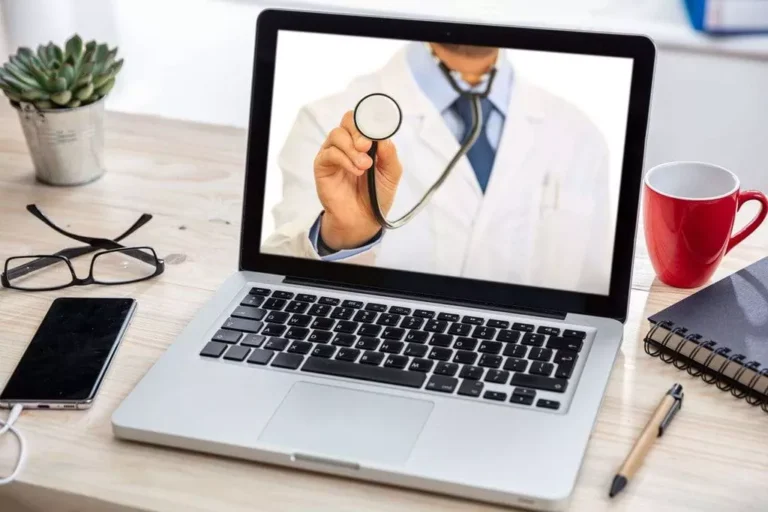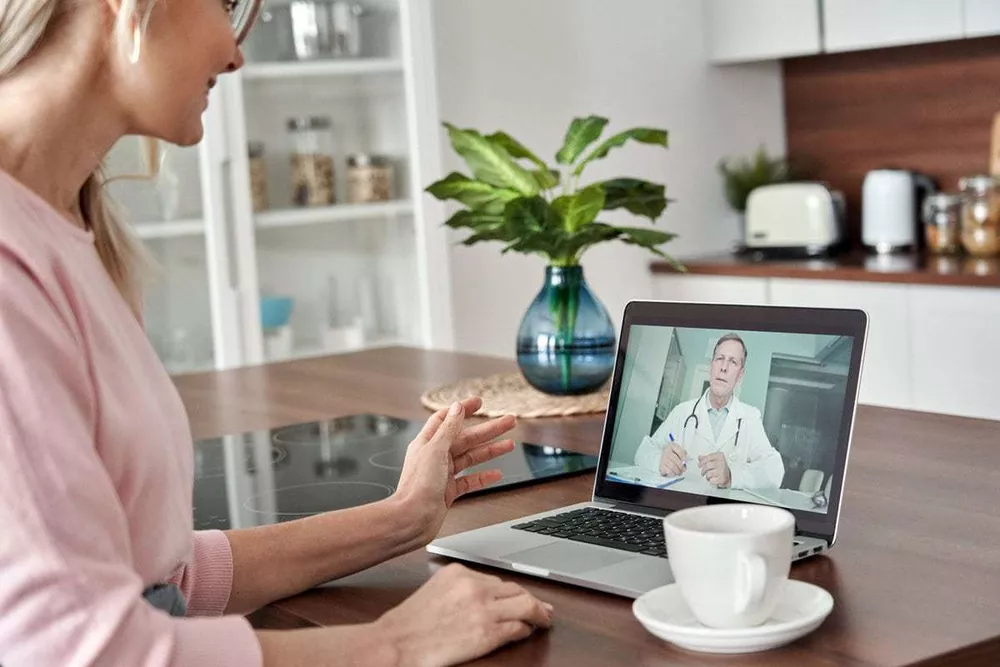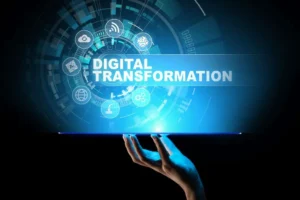Applications of Telemedicine Technology for Healthcare Companies

Telemedicine is a new stage in medical progress that refers to the use of networking technology to provide healthcare services remotely. It involves exchanging medical information from one site to another through electronic communication, enabling doctors to diagnose and manage treatment without in-person visits.
Innovative healthcare software development holds profound significance in improving medical services accessibility, particularly for people in remote or under-served areas who may face challenges in reaching traditional healthcare facilities. Let’s focus on possible applications of telemedicine technology and discover how the Global Cloud Team can help you in this domain.
All-in-One Mobile Health Applications
M-Health apps are popular among software designed for smartphones and tablets, that are used to support and boost health care services and health-related procedures. Key features of m-Health applications include:
- Users can schedule and manage appointments with healthcare providers, facilitating a more streamlined and convenient experience.
- M-Health apps enable users to communicate with therapists or pediatricians remotely through video calls, voice calls, or secure messaging.
- Users can monitor and track various personal health metrics, such as heartbeat, stress rate, saturation, sleep quality, and other vital signs, using built-in sensors or connected wearable devices.
- Reminders to take medications on time and track their adherence to prescribed regimens.
Healthcare application development involves creating tailored software solutions that enhance medical processes, patient care, and overall healthcare system efficiency.

We are confident that we have what it takes to help you get your platform from the idea throughout design and development phases, all the way to successful deployment in a production environment!
Innovative Patient Portals
Designed to enhance communication between patients and health care providers, these digital gateways offer a range of features that streamline access to health information, facilitate communication, and promote a more patient-centric approach to care. Key features of this telemedicine technology:
- Patient portals provide users with secure access to electronic health records (EHRs), allowing them to review personal profile, test results, medications, and immunization records. This access fosters transparency and empowers users to be informed about their health.
- Medical clients can send non-urgent messages, seek clarifications, and receive responses from their care team, fostering continuous and accessible communication.
- The ability to request prescription refills through the portal streamlines the medication management process, ensuring that patients have timely access to necessary medications.
- Many portals include educational materials, articles, and resources related to health and wellness, empowering patients with information to make informed decisions about their health.
Medical providers can use the portal to gather relevant health information from patients through digital questionnaires and surveys, streamlining the intake process.

Remote Tracking Systems
Wearable gadgets, home monitoring tools, and connected medical devices enable continuous monitoring of vital signs, offering real-time data for healthcare professionals. Integrated with telehealth platforms, remote monitoring enhances proactive care, reducing hospital readmissions and optimizing resource allocation. While it fosters patient engagement, challenges such as data privacy and technological disparities need careful consideration.
Patients with chronic conditions, such as heart failure, diabetes, or hypertension, can benefit significantly from this telemedicine technology. Continuous tracking of relevant health metrics contributes to more effective management and improved quality of life.
Virtual Consultants with Remote Diagnostic Tools
Powered by telemedicine technology, virtual consultations bridge the distance between clients and healthcare providers, enabling real-time interactions irrespective of geographical distances. Platforms like TytoCare and InTouch Health facilitate these consultations, offering a seamless experience for patients seeking medical assistance without in-person visits.
During virtual visits, integrated diagnostic tools allow a comprehensive assessment of state, including digital stethoscopes for heart and lung examinations, high-resolution cameras for visual inspections, and even otoscopes for ear examinations. In case of experiencing respiratory symptoms, patients can receive a thorough examination, including lung auscultation, guided by a virtual consultant using telemedicine technology.
Final Words
Altogether, virtual consultations, remote monitoring, and advanced E-health systems represent a transformative shift toward a more accessible, efficient, and patient-centric approach to healthcare. Medical care companies should employ these telemedicine technologies to bridge geographical gaps and deliver better service.
Choose a Global Cloud Team to transform your patient interaction strategies and optimize medical care delivery. Explore our expertise through our showcased project, highlighting the experience of developing a comprehensive patient portal for medical reports and vital sign monitoring for the US market.
Have an idea what telemedicine technology would you like to integrate into your medical care service? We can provide optimal outcomes for both providers and patients alike.
Top Articles
What is Hyperautomation: A Comprehensive Overview of Key Components
I am here to help you!
Explore the possibility to hire a dedicated R&D team that helps your company to scale product development.






